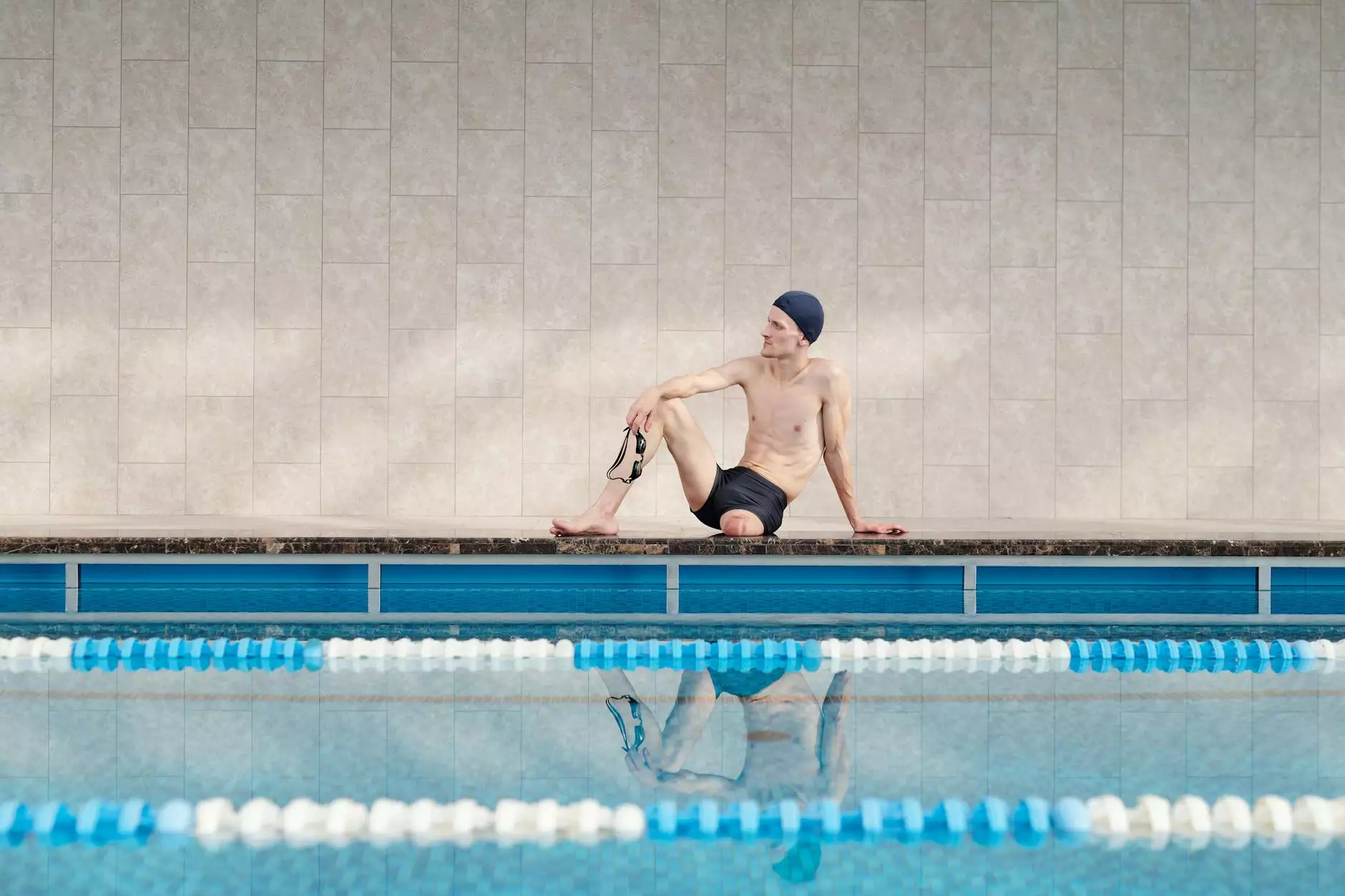Understanding Shoulder Abduction and External Rotation in Physical Therapy

Shoulder abduction and external rotation are vital movements that contribute significantly to upper body strength, stability, and overall functionality. This article aims to shed light on these essential movements, their anatomical underpinnings, their clinical importance, and the best practices for rehabilitation. Through this detailed exploration, we hope to provide valuable insights that can improve patient outcomes in physical therapy and chiropractic settings.
What Are Shoulder Abduction and External Rotation?
Before diving into the therapeutic implications, it is crucial to define the movements themselves. Shoulder abduction involves lifting the arm away from the body, primarily using the deltoid muscle and the supraspinatus muscle, while external rotation involves turning the arm outward, primarily engaging the infraspinatus and teres minor muscles. These movements not only allow for greater reach and mobility but also play a pivotal role in various daily activities such as lifting, throwing, and reaching.
Anatomy of the Shoulder: Key Players in Abduction and External Rotation
The shoulder consists of several key anatomical structures that enable its wide range of motion:
- Clavicle: Connects the arm to the body and stabilizes shoulder movements.
- Scapula: Provides a base for muscle attachment and contributes to range of motion.
- Humerus: The upper arm bone that articulates with the scapula at the glenohumeral joint.
- Rotator Cuff Muscles: A group of four muscles (supraspinatus, infraspinatus, teres minor, subscapularis) that stabilize the shoulder joint during motion.
Importance of Shoulder Abduction and External Rotation in Daily Life
These movements are integral to performing numerous activities. Whether you're lifting objects, reaching overhead, or participating in sports, shoulder abduction and external rotation play a crucial role. Losing the ability to perform these movements can severely impact one’s quality of life, leading to limitations in activities of daily living (ADLs) and potentially resulting in chronic pain or injury.
Common Activities Affected
Let's explore some common activities that rely heavily on proper shoulder mechanics:
- Reaching for items on high shelves
- Throwing a ball or other objects
- Carrying heavy bags or equipment
- Performing certain exercises, such as push-ups or pull-ups
- Engaging in various sports, including swimming, tennis, and basketball
Common Injuries and Conditions Affecting Shoulder Mobility
Unfortunately, various injuries can impede shoulder abduction and external rotation. The following are some prevalent conditions:
- Rotator Cuff Tears: A common injury where the rotator cuff muscles are torn, leading to pain and reduced movement.
- Shoulder Impingement: This occurs when the shoulder blade puts pressure on the underlying soft tissues when the arm is lifted.
- Frozen Shoulder: Also known as adhesive capsulitis, this condition results in stiffness and pain in the shoulder joint, severely limiting movement.
- Shoulder Fractures: Fractures of the humerus or clavicle can lead to significant loss of mobility.
- Shoulder Bursitis: Inflammation of the bursa, causing pain and limiting the range of motion.
Rehabilitation Techniques for Shoulder Abduction and External Rotation
Successful rehabilitation requires understanding each patient's specific needs and conditions. Here are some techniques that can facilitate recovery and restore shoulder function:
1. Physical Therapy: An Essential Component
Working with a qualified physical therapist can provide tailored exercise programs focusing on increasing range of motion and strength. They may utilize:
- Stretching exercises to improve flexibility.
- Strength training to enhance muscle support around the shoulder joint.
- Manual therapy techniques to alleviate pain and restore movement.
2. Exercise Regimen
Specific exercises that promote shoulder abduction and external rotation include:
- Wall Slides: Slide arms up and down a wall while standing.
- Resistance Band External Rotations: Attach a resistance band to a doorknob and pull it outward while keeping the elbow close to the body.
- Dumbbell Lateral Raises: Lifting weights sideways while standing to focus on the deltoids.
3. Use of Modalities
Several modalities may aid in recovery:
- Heat Therapy: Applying heat can help relax and loosen tissues before engaging in exercises.
- Cryotherapy: Ice packs can reduce inflammation after physical activity.
- Ultrasound Therapy: This modality promotes tissue healing and reduces pain.
4. Postural Training
Often overlooked, maintaining proper posture can significantly affect shoulder mechanics. Incorporating exercises that strengthen core muscles and promote proper alignment can mitigate future injuries.
How to Maintain Shoulder Health
After recovery, it is vital to maintain shoulder health to prevent reinjury. Here are several proactive tips:
- Stay Active: Regular physical activity strengthens muscles and enhances joint stability.
- Incorporate Flexibility Training: Engaging in yoga or stretching routines can keep the shoulder joint flexible.
- Practice Ergonomics: Whether at work or home, using ergonomic workstations can prevent undue stress on the shoulder.
- Avoid Overhead Lifting: Be cautious with movements that require lifting weights overhead to prevent strain.
Conclusion: The Importance of Shoulder Abduction and External Rotation in Therapeutic Practice
In conclusion, understanding shoulder abduction and external rotation is indispensable for both practitioners and patients. These movements not only enhance overall functional capacity but are also critical in preventing injuries and promoting optimal shoulder health. For anyone experiencing limitations in these motions, it is advisable to consult a qualified professional who can offer personalized assessment and treatment strategies.
At iaom-us.com, we emphasize the importance of comprehensive care that integrates knowledge of anatomy with effective therapeutic techniques. By addressing shoulder mechanics holistically, we can ensure better outcomes for all patients seeking relief from pain and a return to their active lives.









